 The N.H. Fish and Game’s Nongame and Endangered Wildlife Program celebrates its 25th anniversary this month. From a department press release, here are some of the projects that the program is involved with:
The N.H. Fish and Game’s Nongame and Endangered Wildlife Program celebrates its 25th anniversary this month. From a department press release, here are some of the projects that the program is involved with:
“KIDS FOR KARNERS” started in 2000 as a way to engage area school children in the Karner blue butterfly and Concord Pine Barrens project. Every winter, biologists go into classrooms where they talk to kids from pre-K through high school about the project. The students then plant wild lupine seeds and take care of the plants until May when they come to the Concord Pine Barrens to plant their wild lupine plants. Learn more at http://www.wildnh.com/Wildlife/Nongame/projects/karner_project.html.
PROJECT OSPREY: Fish and Game’s Nongame and Endangered Wildlife Program joined forces with Public Service of New Hampshire (PSNH) and New Hampshire Audubon to work toward a full recovery of the state-threatened bird of prey by the end of 2005. Learn more at http://www.wildnh.com/Wildlife/Nongame/project_osprey.htm.
NH DRAGONFLY SURVEY started in 2007 as a partnership of NH Audubon, NH Fish and Game, and University of New Hamphire Cooperative Extension. Its goal is to gain a better understanding of the distribution of dragonfly species of conservation concern in New Hampshire. In the first four years of the project, over 200 people attended workshops intended to train volunteers in dragonfly biology and data collection methods. Learn more at http://www.wildnh.com/Wildlife/Nongame/dragonflies.html.
REPTILE AND AMPHIBIAN REPORTING PROGRAM (RAARP) encourages volunteers to report sightings of reptiles and amphibians from spring peepers to snapping turtles. These reports are extremely valuable to biologists. Observations are used to determine the distribution of reptiles and amphibians within New Hampshire. Verified reports of rare species locations are mapped and stored in a database used for land protection and conservation purposes. Learn more at http://www.wildnh.com/Wildlife/Nongame/reptiles_amphibians.htm.
TAKING ACTION FOR WILDLIFE is a collaboration between the NH Fish and Game Department and University of New Hampshire Cooperative Extension to help communities, conservation groups and landowners conserve wildlife and habitats in New Hampshire. The website contains many resources that can help you get involved in efforts to protect, restore and learn about wildlife and habitats. Visit http://extension.unh.edu/fwt/tafw/index.htm.
See more projects at http://www.wildnh.com/nongame.
Read an article in NH Wildlife Journal about 25 years of nongame programs, here.
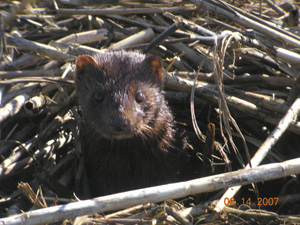 The Florida Fish and Wildlife Conservation Commission (FWC) would like to learn more about Florida’s three subspecies of mink, and it is reaching out to the public for help.
The Florida Fish and Wildlife Conservation Commission (FWC) would like to learn more about Florida’s three subspecies of mink, and it is reaching out to the public for help.
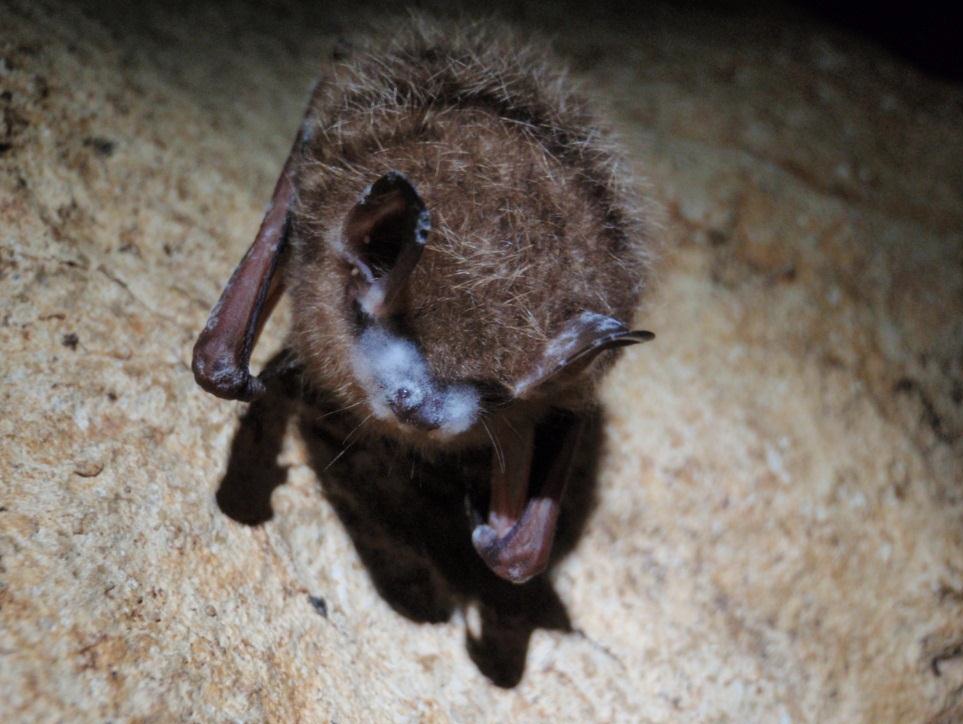 Bats move around a lot. Some bats migrate. Some bats move from summer or maternity roosts to winter hibernation caves. Finding out how bats move has suddenly become extremely important. White nose syndrome seems to be following the known patterns of bat movement. But just so little is known.
Bats move around a lot. Some bats migrate. Some bats move from summer or maternity roosts to winter hibernation caves. Finding out how bats move has suddenly become extremely important. White nose syndrome seems to be following the known patterns of bat movement. But just so little is known.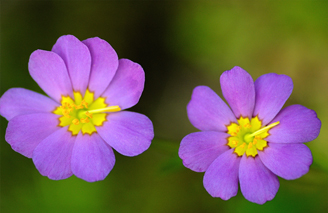 Nineteen new species have been added to Nova Scotia’s list of species at risk, bringing the total listed in the province to 60, according to a
Nineteen new species have been added to Nova Scotia’s list of species at risk, bringing the total listed in the province to 60, according to a 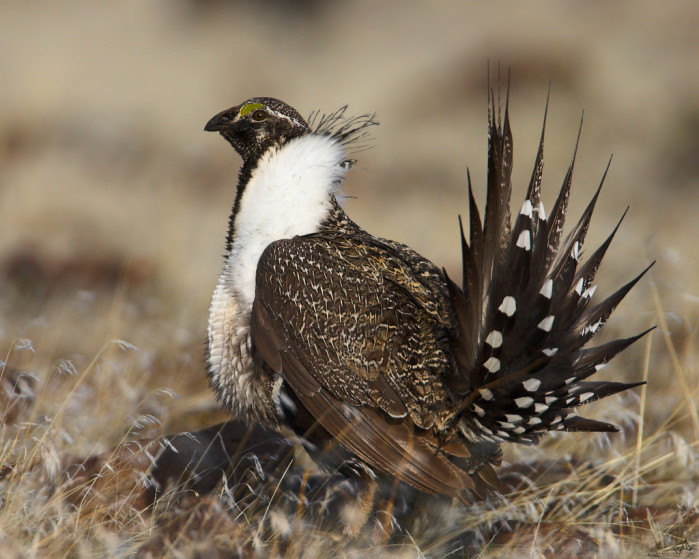 On Wednesday, NPR had a piece on the Sage Grouse Initiative in Montana. There are photos and audio (or you can just read the article).
On Wednesday, NPR had a piece on the Sage Grouse Initiative in Montana. There are photos and audio (or you can just read the article).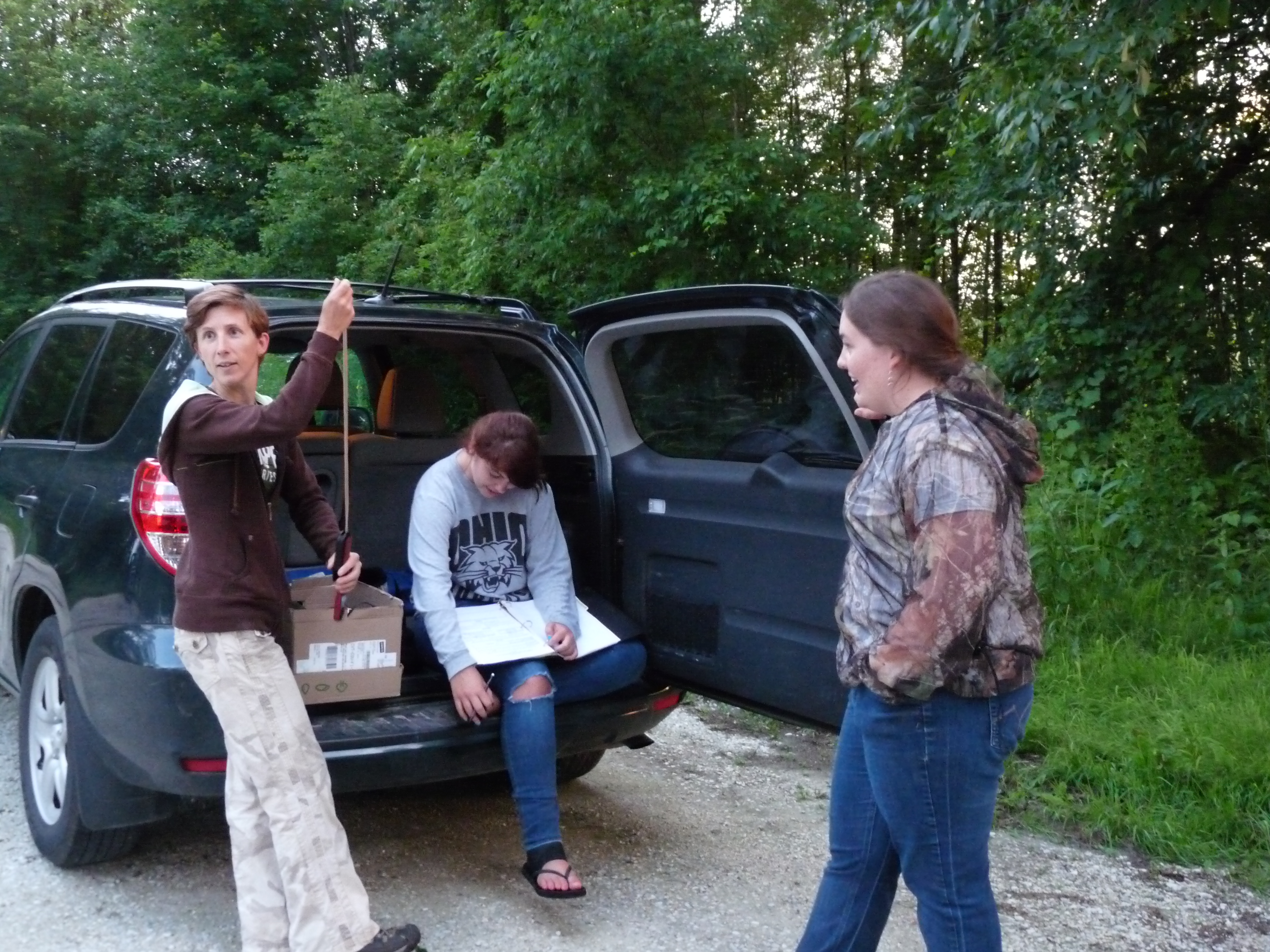 Because of white nose syndrome (WNS), counting bats is more important than ever. In regions where WNS has already struck, wildlife researchers are tracking survival rates. In regions where it hasn’t struck, wildlife researchers are collecting baseline data.
Because of white nose syndrome (WNS), counting bats is more important than ever. In regions where WNS has already struck, wildlife researchers are tracking survival rates. In regions where it hasn’t struck, wildlife researchers are collecting baseline data.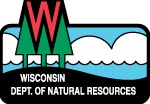 After 40 years as the Wisconsin Bureau of Endangered Resources, the program charged with caring for that state’s endangered resources is now known as the Bureau of Natural Heritage Conservation. The change took place on July 1.
After 40 years as the Wisconsin Bureau of Endangered Resources, the program charged with caring for that state’s endangered resources is now known as the Bureau of Natural Heritage Conservation. The change took place on July 1.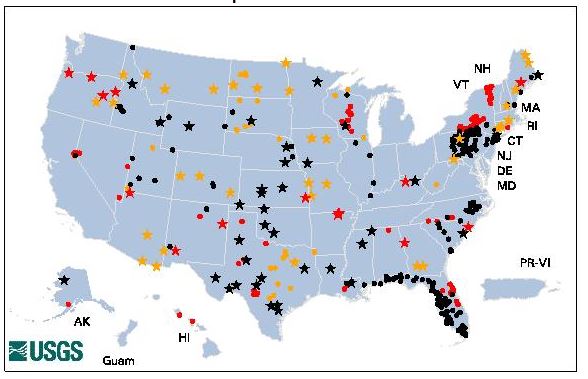 One way for the federal government to save money is to turn off any number of the 7,000 river gauges installed and maintained by the US Geological Survey. Each gauge costs $14,000 to $18,000 a year to maintain,
One way for the federal government to save money is to turn off any number of the 7,000 river gauges installed and maintained by the US Geological Survey. Each gauge costs $14,000 to $18,000 a year to maintain, 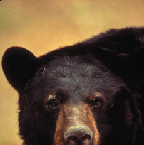
 The N.H. Fish and Game’s Nongame and Endangered Wildlife Program celebrates its 25th anniversary this month.
The N.H. Fish and Game’s Nongame and Endangered Wildlife Program celebrates its 25th anniversary this month.